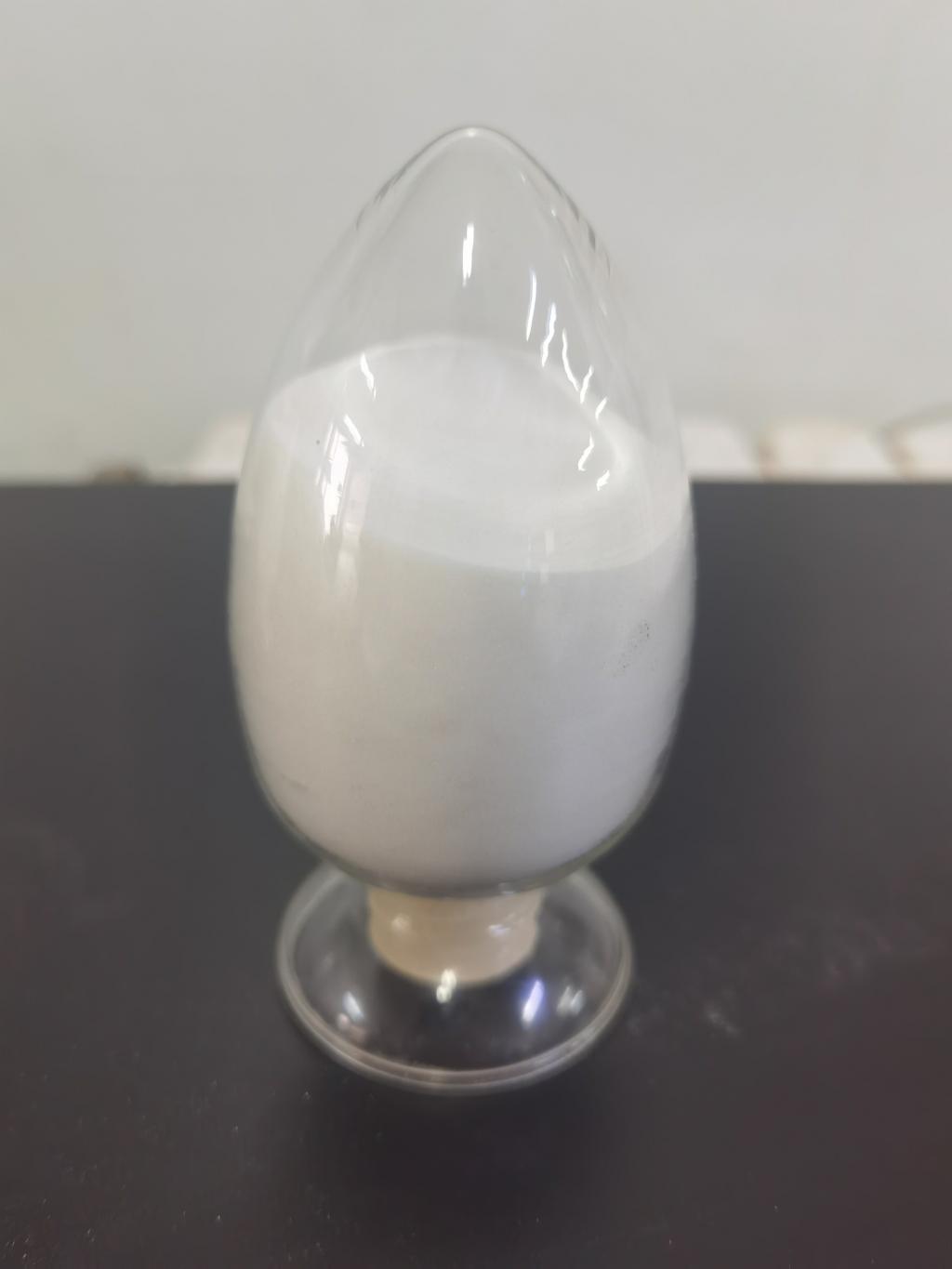Tel:+8618231198596

News
 CONTACT
CONTACT
 CONTACT
CONTACT
- Linkman:Linda Yao
- Tel: +8618231198596
- Email:linda.yao@dcpharma.cn
- Linkman:CHARLES.WANG
- Department:Overseas
- Tel: 0086 0311-85537378 0086 0311-85539701
News
How is ε-Polylysine hydrochloride produced?
TIME:2023-03-14
Source of ε-Polylysine
ε-Polylysine is a natural biopolymer that is produced by some bacteria, such as Streptomyces albulus and Streptomyces griseus. These bacteria have the ability to synthesize ε-lysine using the lysine biosynthetic pathway. The ε-lysine is then polymerized to form ε-polylysine. In order to obtain ε-polylysine, the bacteria must be cultured and the ε-polylysine must be extracted.
Cultivation of Bacteria
The first step in the production of ε-polylysine is the cultivation of bacteria. The bacteria are typically cultured in a nutrient-rich medium, such as soybean meal, corn steep liquor, or molasses. The cultivation conditions, such as temperature, pH, and oxygen supply, are optimized to ensure maximum growth and ε-polylysine production.
Extraction of ε-Polylysine
After the bacteria have been cultured, the ε-polylysine must be extracted. There are several methods for extracting ε-polylysine, including acid precipitation, alcohol precipitation, and membrane filtration.
Acid precipitation: This method involves adding an acid, such as hydrochloric acid or sulfuric acid, to the culture broth to lower the pH. The ε-polylysine is then precipitated out of the solution and can be collected by filtration or centrifugation.
Alcohol precipitation: This method involves adding an alcohol, such as ethanol or isopropanol, to the culture broth. The ε-polylysine is then precipitated out of the solution and can be collected by filtration or centrifugation.
Membrane filtration: This method involves passing the culture broth through a membrane filter with a specific pore size. The ε-polylysine molecules are too large to pass through the filter and are retained on the filter surface. The ε-polylysine can then be collected by washing the filter with water or a buffer solution.
Purification of ε-Polylysine
After the ε-polylysine has been extracted, it must be purified to remove any impurities, such as proteins, nucleic acids, and other contaminants. There are several methods for purifying ε-polylysine, including ion exchange chromatography, size exclusion chromatography, and hydrophobic interaction chromatography.
Ion exchange chromatography: This method involves using a resin with charged functional groups to bind and separate the ε-polylysine from other molecules in the solution.
Size exclusion chromatography: This method involves using a resin with pores of specific sizes to separate the ε-polylysine based on its molecular weight.
Hydrophobic interaction chromatography: This method involves using a resin with hydrophobic functional groups to bind and separate the ε-polylysine from other molecules in the solution.
Production of ε-Polylysine Hydrochloride
Once the ε-polylysine has been purified, it can be converted to ε-polylysine hydrochloride by adding hydrochloric acid. The hydrochloric acid reacts with the amino groups in the ε-polylysine to form ε-polylysine hydrochloride. The ε-polylysine hydrochloride can then be dried and packaged.
After the production of ε-polylysine hydrochloride, it is important to characterize the product to ensure that it meets the required specifications for its intended use. The following are some common methods for characterizing ε-polylysine hydrochloride:
Fourier transform infrared spectroscopy (FTIR): This method is used to analyze the chemical structure of ε-polylysine hydrochloride. FTIR can provide information about the functional groups present in the polymer and the bonding between them.
Nuclear magnetic resonance spectroscopy (NMR): This method is used to analyze the molecular structure of ε-polylysine hydrochloride. NMR can provide information about the composition, configuration, and conformation of the polymer.
High-performance liquid chromatography (HPLC): This method is used to analyze the purity and molecular weight distribution of ε-polylysine hydrochloride. HPLC can provide information about the amount of impurities in the product and the distribution of polymer chain lengths.
Antimicrobial activity assay: This method is used to test the effectiveness of ε-polylysine hydrochloride as an antimicrobial agent. The assay involves exposing microorganisms to different concentrations of ε-polylysine hydrochloride and measuring their growth or survival.
Applications of ε-Polylysine Hydrochloride
ε-Polylysine hydrochloride has a wide range of applications in the food, cosmetic, and medical industries. Some of the common applications include:
Food preservative: ε-Polylysine hydrochloride can be used as a natural preservative in a variety of foods, including meat, fish, dairy, and baked goods. It can help to extend the shelf life of these products by inhibiting the growth of spoilage microorganisms.
Cosmetic ingredient: ε-Polylysine hydrochloride can be used as an antimicrobial agent in cosmetics and personal care products, such as shampoo, soap, and lotion. It can help to prevent the growth of bacteria and fungi that can cause skin infections and other problems.
Medical device coating: ε-Polylysine hydrochloride can be used as a coating on medical devices, such as catheters and implants, to prevent the growth of biofilms and reduce the risk of infections.
Antimicrobial agent: ε-Polylysine hydrochloride can be used as a direct antimicrobial agent to treat bacterial and fungal infections. It has been shown to be effective against a wide range of microorganisms, including antibiotic-resistant strains.
In conclusion, ε-Polylysine hydrochloride is a natural biopolymer with antimicrobial properties that has a wide range of applications in the food, cosmetic, and medical industries. The production process involves the cultivation of bacteria, extraction and purification of ε-polylysine, conversion to ε-polylysine hydrochloride, and characterization of the product. The use of ε-Polylysine hydrochloride as a natural alternative to synthetic preservatives and antimicrobial agents is becoming increasingly popular due to its effectiveness and safety.
- Tel:+8618231198596
- Whatsapp:18231198596
- Chat With Skype







